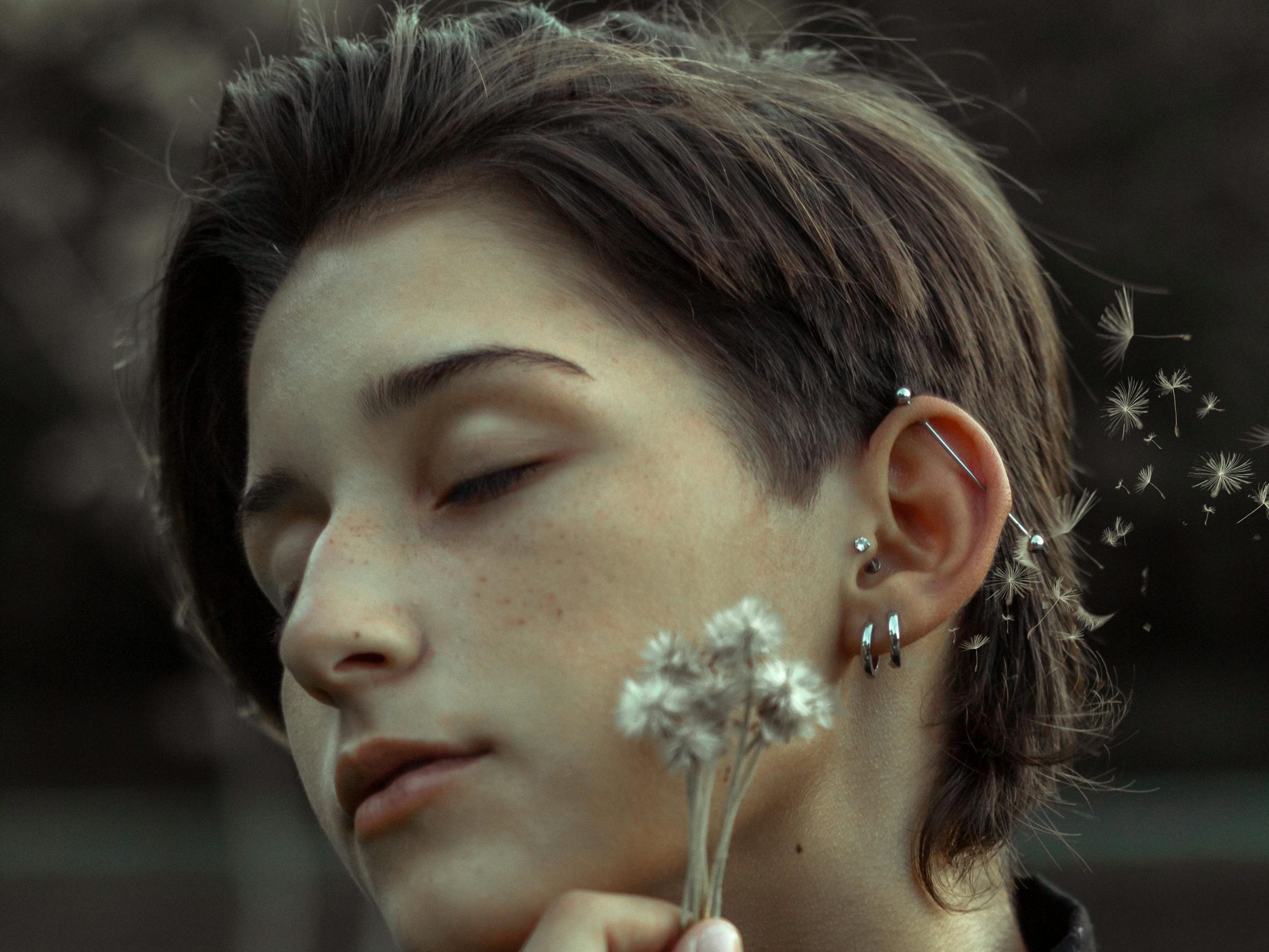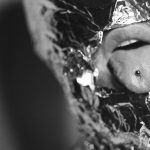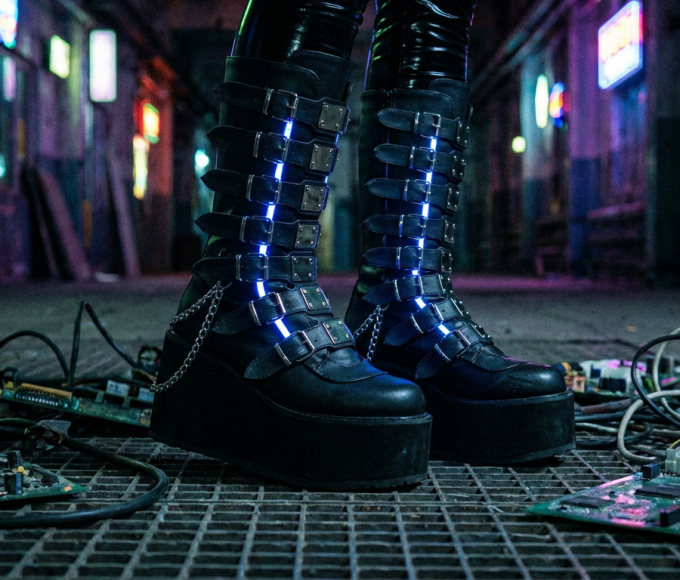Earrings have become an important category in fashion accessories. People used to dress up their ears with beautiful earrings. Prices, pain levels and post-operative recovery can vary greatly from one piercing location to another, so if you haven’t had this information in advance, you may make the wrong choice. Next, we go over the prevalent types of ear piercings with expert information and advice from the doctor.
We’ll be presenting this in the next section based on the universal pain rating scale, from level one to level ten, with increasing levels of pain.
1. Lobe Pain Level 1
The standard earlobe location is the first piercing for most people. These piercings are arguably the least painful compared to other piercing locations. Because there is no cartilage on the earlobes, these piercings heal quickly—about six to eight weeks after the treatment. This type of earlobe piercing is extremely versatile and easy to maintain. As the least painful and fastest healing piercing location, earlobe piercings are often the first choice for most people, regardless of age and gender.
2. Upper lobe Pain Level 2
An upper lobe piercing is a variation of the standard earlobe piercing and is located higher up in the earlobe, closer to where the earlobe meets the cartilage. If you want to wear an earring set where your lobes are, the upper lobe piercing is a good choice. The upper lobe piercing is located above the standard earlobe piercing site, sometimes near the cartilage. The pain level may be slightly higher than a standard lobe piercing. Recovery time after surgery is about 6-10 weeks.
3. Daith Pain Level 5
The daith is popular right now. A daith piercing passes through the ear’s inner cartilage fold. Due to the location of the piercing on the cartilage, the difficulty is much higher than the ear lobe piercing, so you need a skilled piercer. Some studies suggest that Dyess Piercing has some relief effect on migraine and chronic headache. Because of its location, the Dyce piercing has a higher pain rating, which varies according to the individual’s sensitivity to pain. If you have a low tolerance for pain, then you are not recommended to get a Dyce piercing, which can take six months to a year to heal.
4. Helix Pain Level 4
The helix is positioned in the upper cartilage of the ear. A helix piercing is a cartilage piercing located on the upper outer edge of the ear. Pain is higher with cartilage piercings. The placement of the perforations allows ample display space for the jewelry and is very popular. A helix piercing usually takes 3 to 6 months to heal, but sometimes it can take up to a year to fully heal. Small hoops or studs are often recommended as initial jewelry. The jewelry needs to accommodate the swelling and be easy to clean during the healing process.
5. Tragus Pain Level 5
The tragus is positioned on the outer cartilage area, which is located in the sector of the triangular flap. You can decorate this place with beautiful earrings. But if you often need to use headphones, earplugs, and other products, be aware that the piercing in this area will be subjected to frequent friction. With regular irritation,tragus piercings are difficult to heal and usually take 6 months to 12 months. However, among cartilage piercings, the tragus piercing is considered to be one of the least painful areas.
6. Anti-tragus Pain Level 6
Situated just above the earlobe, the anti-tragus piercing penetrates the small cartilaginous fold adjacent to the tragus, hence its name. When selecting jewelry for this unique location, options typically include rings or barbells.
When considering an anti-tragus piercing, it’s noteworthy that it ranks fairly high in terms of pain intensity, a factor to bear in mind, particularly for those new to cartilage piercings. The healing trajectory mirrors that of a tragus piercing, requiring around three months for initial healing, with a full recovery period extending from six to twelve months. To ensure a smooth healing process, it’s advisable to steer clear of earphones and similar gadgets that might irritate the pierced area. Additionally, avoiding sleeping on the pierced side and rotating the jewelry can further protect the piercing and aid in the healing process.
7. Industrial Pain Level 6

An industrial piercing is any two holes connected by a barbell. However, this location is usually referred to as a double piercing that connects the upper ear horizontally. A needle must be used for piercing in this position, not a gun.
As far as pain levels are concerned, industrial piercings are quite painful. As with other cartilage piercings, the healing process usually takes six to twelve months. Piercers usually don’t recommend industrial piercings to their clients because the two holes are connected and if there is any pulling or squeezing, they can quickly become inflamed together.
8. Rook Pain Level 6
A rook piercing is another form of ear cartilage piercing, but it is located within the inner ridge of the ear cartilage called the antihelix. It’s higher up than a standard helix piercing and is situated just above the tragus in the ear’s antihelix. Rook piercings generally take between 3 to 12 months to heal fully. As it’s a cartilage piercing, the healing process can vary from person to person.
A curved barbell is usually the best jewelry to start with due to its comfort and ability to align with the natural curve of the antihelix.
9. Outer conch & Inner conch Pain Level 6
This piercing, positioned at the cartilage’s center, offers various placement choices and a wide array of styling options. The type of conch piercing that best fits the structure of your ear — be it inner or outer — will be recommended by your piercer, largely based on your ear’s unique folds. Each variant of the conch piercing accommodates specific types of jewelry, influencing your preferred placement decision.
Positioned centrally within the ear, the inner conch piercing is ideal for studs. In contrast, the outer conch piercing, located towards the cartilage’s outer edge, is apt for hoops or similarly styled jewelry.
Alicia
Alicia is a passionate writer with degrees in English and American Literature. Her journey through the worlds of fashion, culture and design is as fascinating as her literary pursuits. Beyond literature, Alicia is equally an optimist who loves life. Whether it's photography, knitting, pottery, or yoga, she's willing to try it all. Beyond trends and labels, she advocate for sustainability and ethical fashion practices. She believe in the power of conscious consumerism, and she strives to highlight brands that prioritize environmental responsibility and social impact.
Recent Posts
Your Goth Christmas Style Guide
11/25/2025Cybergoth Aesthetic
11/11/2025How to Prepare for Halloween Night
10/28/2025Categories
Related Articles
Moss & Misdemeanor: Fairy Grunge Style and Outfits
The fashion world constantly mixes ideas to create new, unique looks. The...
ByAlicia11/18/2025Cybergoth Aesthetic
The alternative landscape is constantly evolving, but few aesthetics hit as hard...
ByAlicia11/11/2025How to Prepare for Halloween Night
As the leaves change and the air turns crisp, the excitement for...
ByAlicia10/28/2025Clean Goth vs. Trad: Mastering the New Minimalist Style
The world of alternative fashion is always changing, and a new look...
ByAlicia10/21/2025












Leave a comment